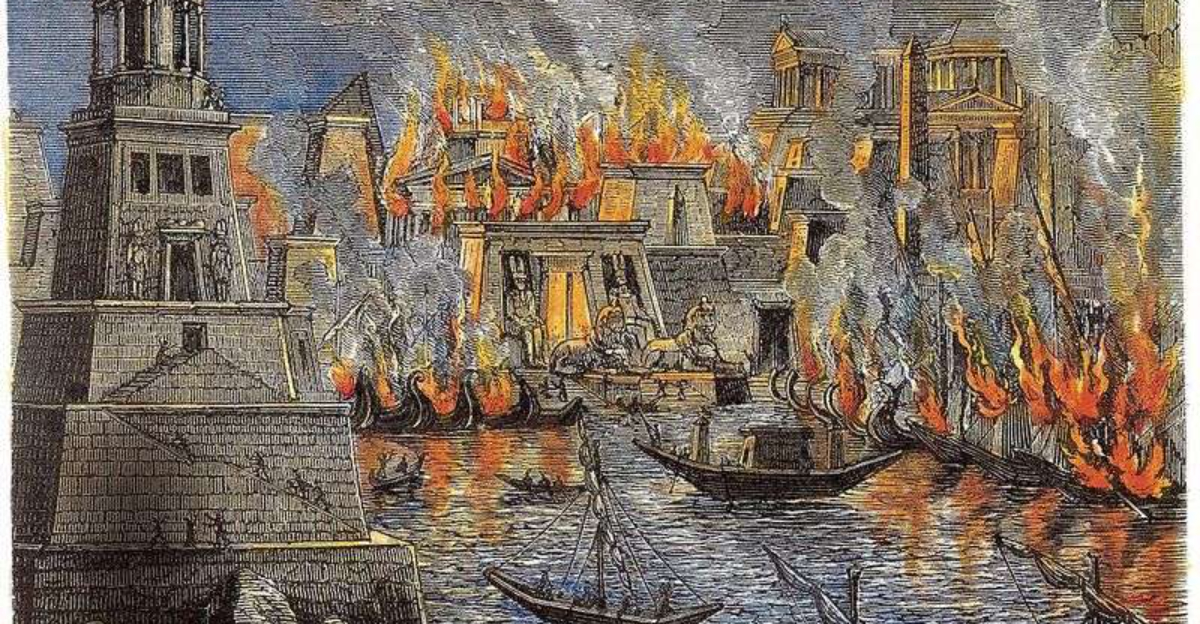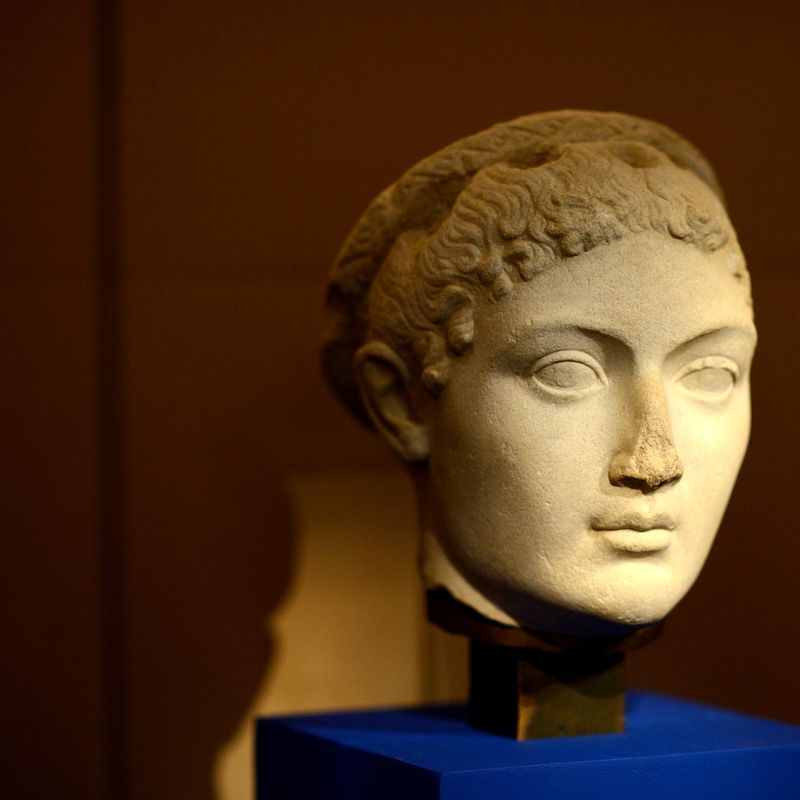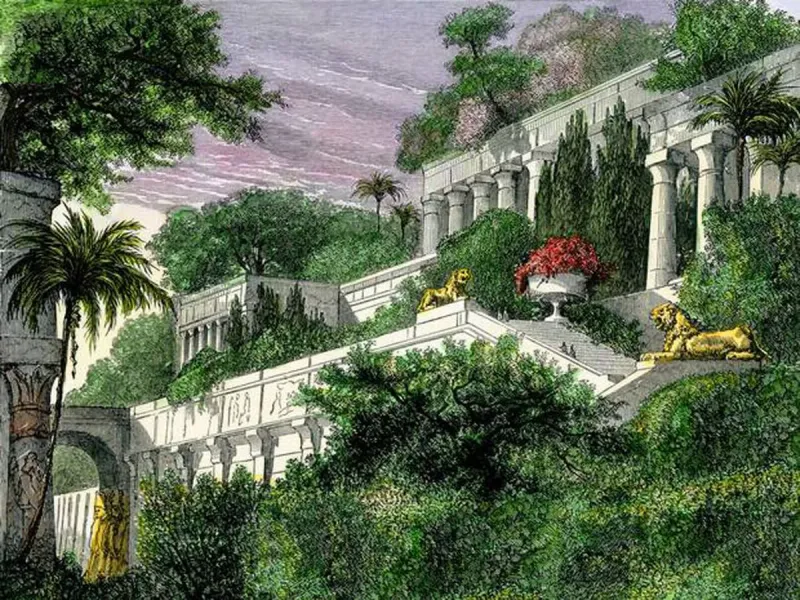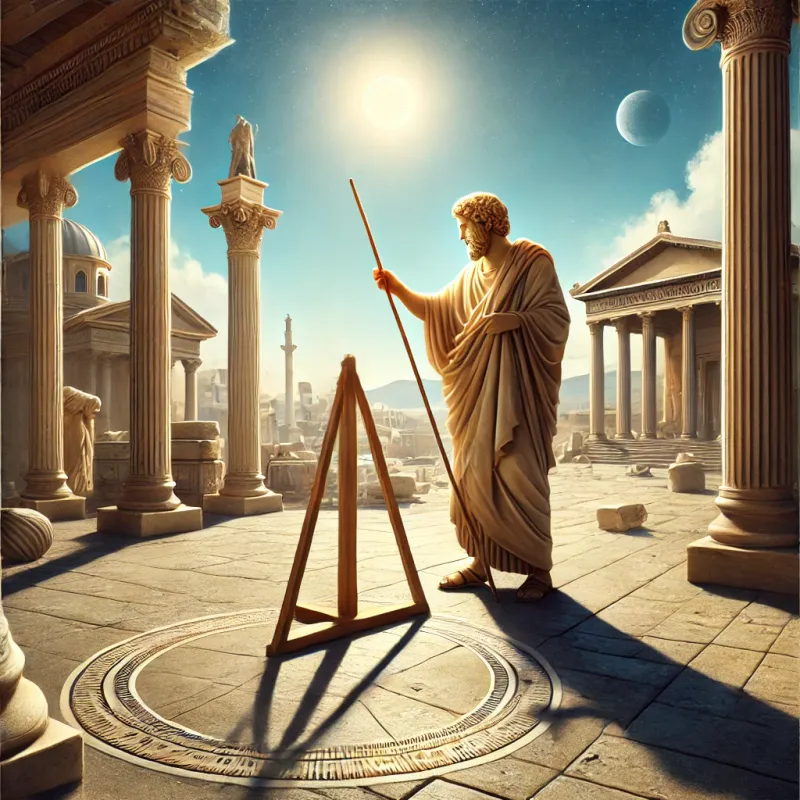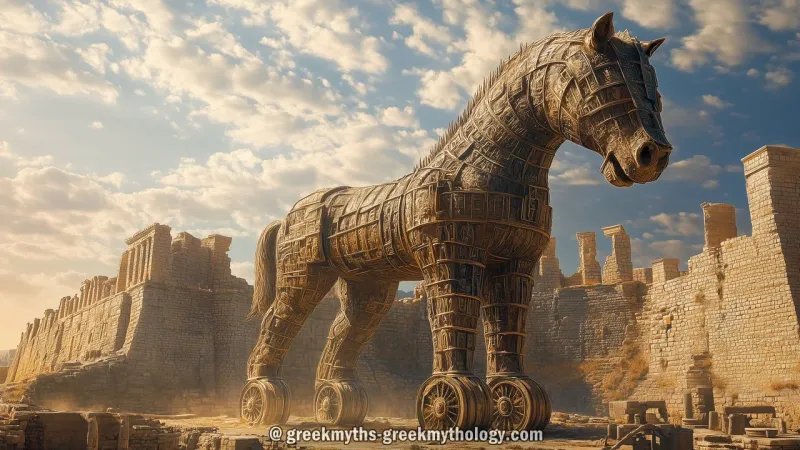From legendary cities to misunderstood empires, the ancient world is packed with stories we think we know—but don’t. Some of these myths have been repeated for centuries, taught in classrooms, and even accepted by historians… until new evidence revealed the truth. These 9 ancient world myths continue to mislead even the experts — and the real stories behind them will blow your mind.
1. Spartans Fought with No Armor at Thermopylae
The iconic image of Spartans fighting shirtless at Thermopylae is pure Hollywood fiction. In truth, these warriors were clad in full bronze armor, complete with helmets, shields, and breastplates. The bare-chested warrior image is a cinematic creation.
Spartans took immense pride in their well-crafted armor, which symbolized their martial prowess. At Thermopylae, they stood as formidable defenders, not as reckless gladiators. Their reputation for discipline and strategy often overshadows this myth, revealing a reality that is far removed from heroic clichés. True history celebrates their calculated bravery.
2. Cleopatra Was Egyptian
Cleopatra is often hailed as Egypt’s quintessential queen, but her lineage tells a different story. Born into the Ptolemaic dynasty, Cleopatra was of Macedonian Greek descent, tracing her roots back to Ptolemy I, one of Alexander the Great’s generals.
While she fully embraced Egyptian culture and ruled as pharaoh, her Hellenistic bloodline remained a defining aspect of her identity. This cultural fusion allowed her to navigate the diverse world of ancient Egypt, but it also perpetuates the myth of her purely Egyptian heritage. Her story is a blend of influences, not confined to one ethnicity.
3. The Hanging Gardens of Babylon Were in Babylon
The Hanging Gardens of Babylon, one of the Seven Wonders, are famously attributed to Babylon, but evidence suggests otherwise. Despite their fame, no archaeological evidence places them there.
Instead, some historians now posit that these legendary gardens were located in Nineveh, built by the Assyrian King Sennacherib. This alternative theory challenges the long-held Babylonian association and underscores the complexities of ancient architectural histories. The true location remains shrouded in mystery, captivating historians and fueling debates about their existence and placement.
4. Vikings Wore Horned Helmets
The iconic image of Vikings donning horned helmets is a creative anachronism with no historical basis. Originating from 19th-century opera costumes, horned helmets were never part of Norse battle attire.
Instead, real Viking helmets were practical, designed for protection without theatrical embellishments. This misconception persists in popular culture, overshadowing the true legacy of these seafaring warriors. Their history is rooted in practicality and survival, not fantastical headgear. The horned helmet myth is a reminder of how modern interpretations can distort ancient realities.
5. Nero Fiddled While Rome Burned
The myth of Emperor Nero playing the fiddle while Rome burned is both anachronistic and misleading. The fiddle didn’t exist in Nero’s time, and he was actually in Antium when the fire broke out.
Upon hearing the news, Nero returned to Rome and organized relief efforts. This narrative was likely a piece of Roman propaganda, designed to tarnish his reputation. The story has endured, captivating imaginations and overshadowing his actual response. It serves as a cautionary tale about the power of political narratives in shaping history.
6. Ancient Greeks Believed the Earth Was Flat
The belief that ancient Greeks considered the Earth flat is a widespread misconception. In reality, Greek philosophers like Pythagoras and Eratosthenes had remarkably advanced understandings of a spherical Earth.
Eratosthenes even calculated the Earth’s circumference with surprising accuracy. This knowledge contradicts the flat Earth myth and highlights the Greeks’ profound contributions to science and mathematics. Their intellectual legacy is marked by curiosity and exploration, far from the unscientific beliefs often attributed to them. The myth persists, obscuring their pioneering achievements.
7. The Pyramids Were Built by Slaves
The image of slaves toiling under the sun to build the pyramids is a dramatic narrative that distorts reality. Evidence suggests that workers were skilled laborers, not enslaved masses.
These workers were well-fed, housed, and possibly compensated, reflecting a sense of national pride in their work. The myth of slave-built pyramids oversimplifies the complexity of ancient Egyptian society and the monumental achievements of its people. Recognizing their contributions corrects this narrative, celebrating a history of cooperation and ingenuity.
8. The Trojan Horse Was a Literal Wooden Horse
The story of the Trojan Horse, celebrated in Homer’s epic, is often taken literally—a giant wooden horse housing Greek soldiers. However, many scholars believe it was a metaphor.
The “horse” may have represented an earthquake machine, siege device, or symbolic ruse. This interpretation opens new avenues in understanding ancient warfare tactics and storytelling. The literal wooden horse narrative captures imaginations but may conceal a deeper, more strategic reality. It invites us to reconsider the intersections of myth and history in ancient narratives.
9. The Library of Alexandria Was Destroyed in a Single Night
The Library of Alexandria’s demise was not the result of one catastrophic fire. Instead, its decline spanned centuries, impacted by several events, including Julius Caesar’s siege. The notion of a single, devastating inferno is a dramatic simplification promoted by popular culture.
In reality, the Library faced multiple challenges, from internal strife to religious upheavals. Christian and Muslim forces played roles in its gradual destruction, leading to its eventual disappearance. This slow burn of a decline overshadows the single-night myth, revealing a complex historical journey that misleads even seasoned historians.
